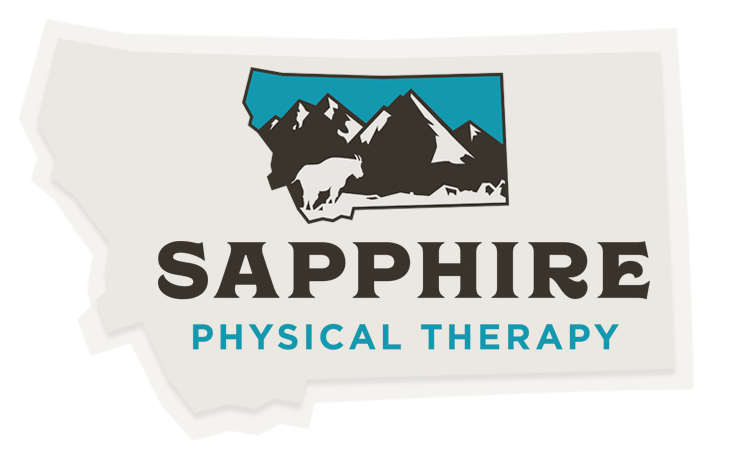Staying Active and Fit During Middle-Age and Beyond
BACKGROUND
Ten years ago, I wrote an article titled Running in Your Fifties and Beyond. Ten years later, and hopefully wiser, I will share the latest tips and research to decrease the myth and mystery of how to stay active and fit through your forties, fifties, sixties and beyond.
We are fortunate to live in Western Montana. Recreation is literally outside our door year-round! The key to staying active and fit during the fourth decade of life and beyond is to find activities which interest and challenge you physically and mentally. Participate in a variety of sports or activities for overall fitness. Consistency is equally important for life-long fitness and health. Make time in your day for exercise and commit to health and fitness for the long haul. Your body and mind will thank you.
MUSCLE-TENDON CHANGES WITH AGE -
As we age, our top end speed and power decline. Sarcopenia is a naturally occurring loss of muscle mass, strength, and function with age. The process begins in the mid-thirties and accelerates for most people in their sixties and seventies (Grosicki et al, 2021). Research shows, however, that a combination of strengthening and aerobic exercise can slow the process of sarcopenia. A recent study looked at the cross-sectional matrix of a seventy-four-year-old sedentary individual and a seventy-year-old triathlete with visible distinctions.
Connective tissue changes occur naturally with age as well. In the case of distance runners, these changes are manifested in decreased tendon tensile strength. As tendon tensile strength decreases, running stride length decreases, propulsion (ankle plantarflexion or push-off) decreases, and lower extremity injury risk increases (Willy, Paquette, 2019).
RESISTANCE TRAINING FOR MUSCLE, BONE, METABOLISM
Resistance training is crucial, especially after the age of thirty-five due to a natural decrease in muscle mass and strength. Resistance training with high loading and low repetitions is needed to build muscle, power, and improve tendon tensile strength as we age. If you want to stay fit, fast, and reduce injury, then follow a resistance training program two to three times per week. Include all major upper and lower extremity muscle groups, and do not forget to strengthen your feet and ankles.
EXERCISE MYTHS (RUNNING AND OSTEOARTHRITS, INJURY RISK, TOO OLD TO GET STRONG)
Running is not bad for your knees. Current research points to the importance of loading for joint health. Moderate levels of distance running actually have a positive impact on joint cartilage provided adequate recovery takes place after a workout (Lo et al 2018). Running, therefore, is
not a predictor of increased osteoarthritis risk, nor is it a predictor of future injury. More accurate predictors of injury include prior injury, prior surgery, training errors, poor sleep habits, and inadequate recovery following a hard physical effort. Heavy resistance training is important as we grow older. It is possible to build muscle mass even into one’s eighties.
CARDIAC CHANGES WITH AGE AND RECOMMENDATIONS -
In addition to healthy lifestyle habits (good nutrition, avoiding tobacco and excessive alcohol consumption), regular exercise is crucial for a healthy heart, especially as we age. Aerobic exercise improves cardiac function, increases lean body mass, and increases fitness. It is important, however, to consult your physician to determine your cardiac health if you are over forty. Determining your aerobic threshold will allow you to train more effectively for aerobic activities such as running and cycling. Monitor your blood pressure and do not wait for symptoms to consult your physician, especially if you are beginning an exercise routine or sport following an absence.
SETTING REALISTIC GOALS AND EXPECTATIONS -
The hardest part for some aging active individuals is adjusting the expectations we place on ourselves. When we are young, most of us compare ourselves to others in some way. As we age, a sign of wisdom is the ability to listen to our bodies and adjust our goals accordingly. Find a goal that means something deeply. Find a goal that brings you close to and benefits others in some way. Break your goal down into attainable pieces and be willing to adjust your timeline along the way. Enjoy the journey, as the journey often surpasses the goal itself. If you need assistance with an injury or need a strengthening program aimed at a fitness, adventure, or racing goal, see one of our skilled physical therapists.
-
By John Fiore, PT



